Often the little to no education in techniques, materials, or theory, led to artists be called “self-taught artists,” yet this is still a relatively new phenomenon. However, in 1635, the establishment of Académie Française radically professionalized the art field.
Although it stayed in power and faced little criticism, it was not until the 19th-century that free-thinkers began to question. This era gave us some of the most celebrated self-taught artists from Van Gogh to Henri Rousseau. This showed the world that there were individuals who wanted to bring in individualism to art by challenging tradition and authority.
Artists who master their craft outside of the prescribed norms work independently and don’t want to be stifled by the sheer rules and formalities. Let’s look at such famous self-taught artists at a glance.
Henri Rousseau
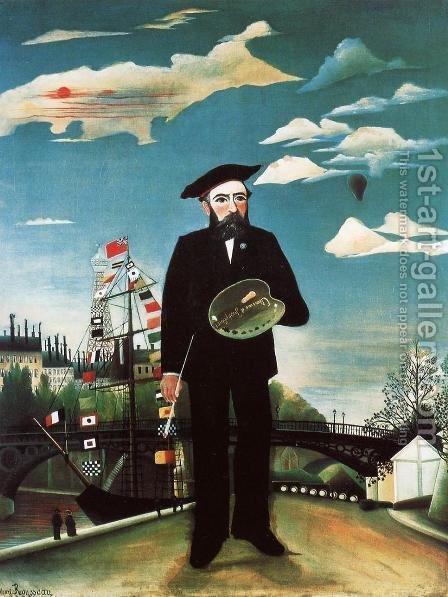
Henry Rousseau lacked any formal training and only
began to explore his creativity in 1884 when he was 40 years old. Probably
growing up in the era of the French Impressionists and Post-Impressionists had
a profound effect on him and his art. His undemanding job as a clerk gave him
enough time on hand to teach himself painting.
Rousseau’s lack of pretense in his work and directness – few qualities that break away from the academic standards, got him a following among artists. Rousseau is known for his exotic, vivid, dream-like landscapes, something that would help him gain popularity among the Surrealists.
Rousseau was an artistic genius who lay in his ability to avoid workaround the academic composition and naturalistic rendering which made him a radical artist for some.
Vincent van Gogh
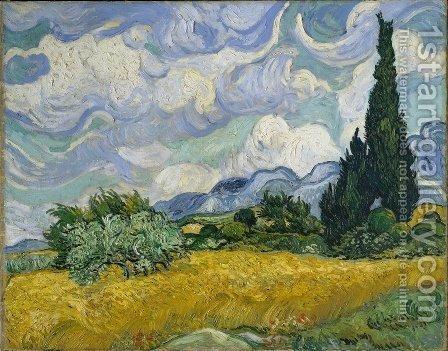
Van Gogh is truly the most influential artist of the
modern era. A complicated and peculiar character like Vincent Van Gogh had no
appetite for classroom teachings. From a very young age, he was homeschooled
first by his mother and then by another family member, after he had a failed
attempt at education outside his home.
At the age of 16, he was an art dealer’s assistant. However, it was his brother, Theo, who implored Vincent to pursue art. Although he joined Brussels’s Académie Royale des Beaux-Arts in 1880, it was only for a brief moment.
Van Gogh had a tragic life where he focused on painting and painted more than 200 pieces when he was in an asylum. His oeuvre consists of swirling, bold and energetic brushstrokes, expressive color tones that reflect the hallmarks of a fiercely independent style of a self-taught artist.
Claude Monet
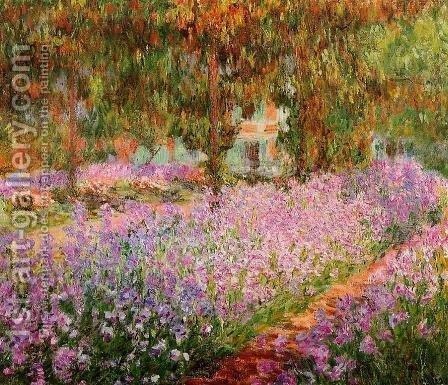
Claude Monet is a French artist, who was also a leading figure of the Impressionist movement He became one of the most influential artists all thanks to his swift, loose brushstrokes, bold use of colors, and unconventional compositions.
As his art approached abstraction, it soon became clear how important his role was going to be in the further development of modern art. During his childhood, Monet would spend a lot of his time on Norman beaches that created an intimate and keen perception of nature, from the sea to the rapidly changing weather.
All these elements would later be embodied on canvases. Later on, the same subjects under lighting and atmospheric conditions were meticulously exemplified in the series of San Giorgio Maggiore at Dusk. These were an inspiration for artists who wanted to explore the creative processes in their reproductions. Monet’s creation of broad fields of color, executed with small brushstrokes, was quite instrumental for the Abstract Expressionists.
Frida Kahlo
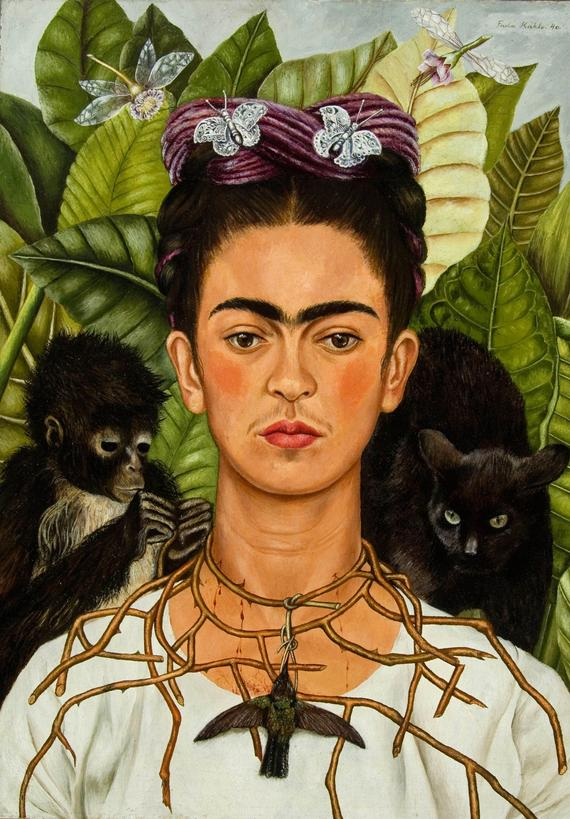
Frida Kahlo’s father recognized his daughter’s artistic promise early on and gave her informal instruction in the graphic arts. She did exceed everyone’s expectations and was offered a position as an apprentice, but Frida had other plans. She wanted to join the medical school. But, everything fell apart when she met with a near-fatal automobile accident at the age of 18.
It was during this time that Frida found her avant-garde art and developed her style. With limited mobility, she got an easel custom made that came with a mirror that fueled her portraits. She found herself drawn to self-expression where he fused modern art with Mexican folk traditions that looked like produced by untrained artists.
Bill Traylor
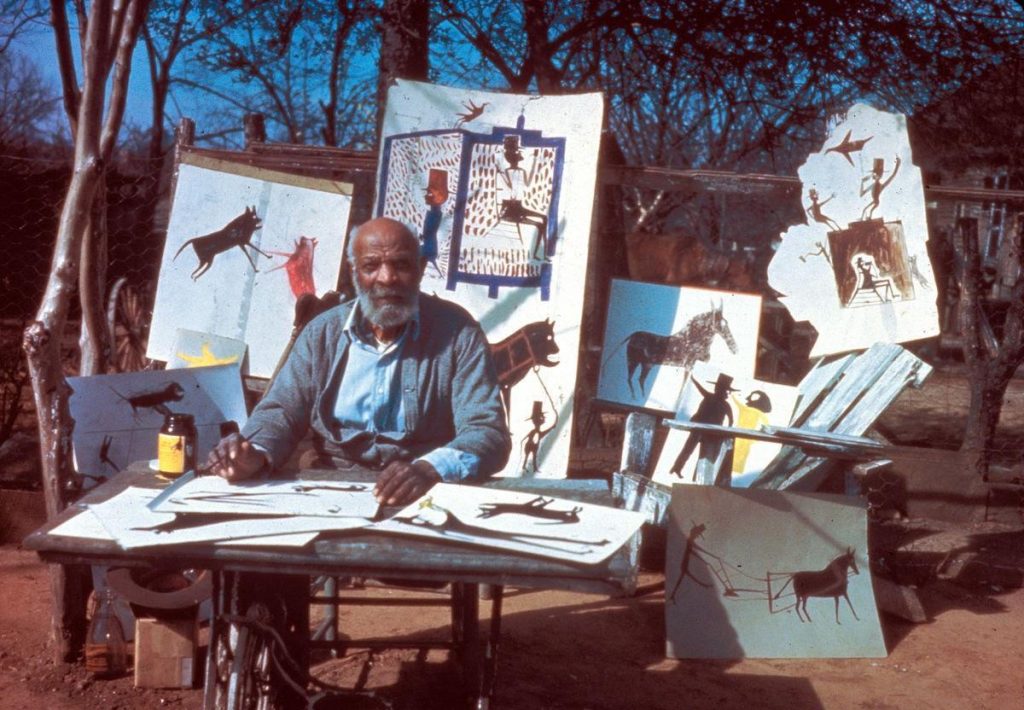
If we are talking about self-taught artists, it is incomplete if we don’t talk about Bill Traylor. The talent of this artist surfaced only in 1939 when he was 85 years old. Traylor didn’t receive any formal education in anything, let alone guidance on art.
After he was forced into retirement because of rheumatoid arthritis, Traylor was homeless. To sustain himself, he started creating small paintings with whatever materials he was available.
It was in 1939 when a young artist named Charles Shannon came across Traylor’s work, he supported him with enough materials, appreciation, and encouragement that made him this incredibly prolific artist. The oeuvre he would leave behind, in such a short period is unbelievable and is celebrated for its innovative and untutored aesthetic.
Grandma Moses
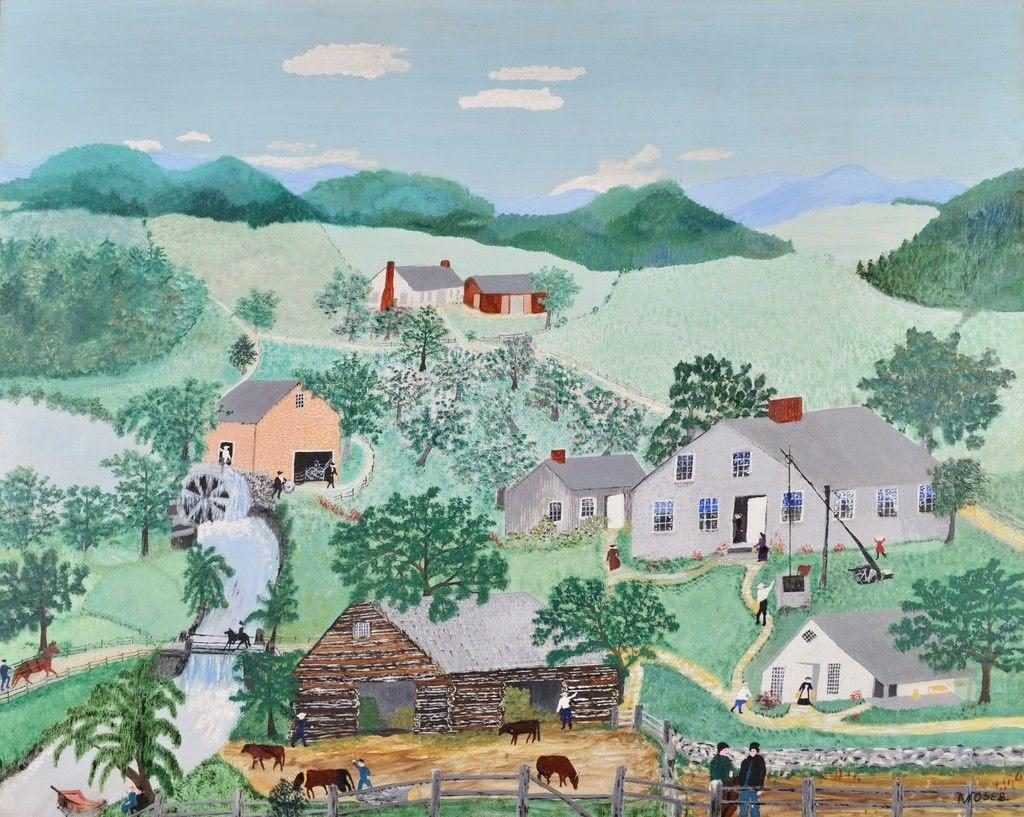
This artist is another golden discovery at the age of 78. Although Anna Mary Robertson “Grandma” Moses had been making art throughout her life, she never received any formal education. From a housekeeper-turned-homemaker to a self-taught ‘primitive,’ artist, her work truly differentiates from others.
In this small window, she has produced over 1,500 works that were simple yet picturesque landscapes that represented the farm life and the countryside, often painted in bright colors. In 1939, three of her paintings were included in the Museum of Modern Art’s and in just one year, Moses had her successful solo show.
The Bottom Line
Although art schools are meant to elevate your knowledge, some most popular artists like Van Gogh will always be rendered with a self-taught genius who had an illustrious career.